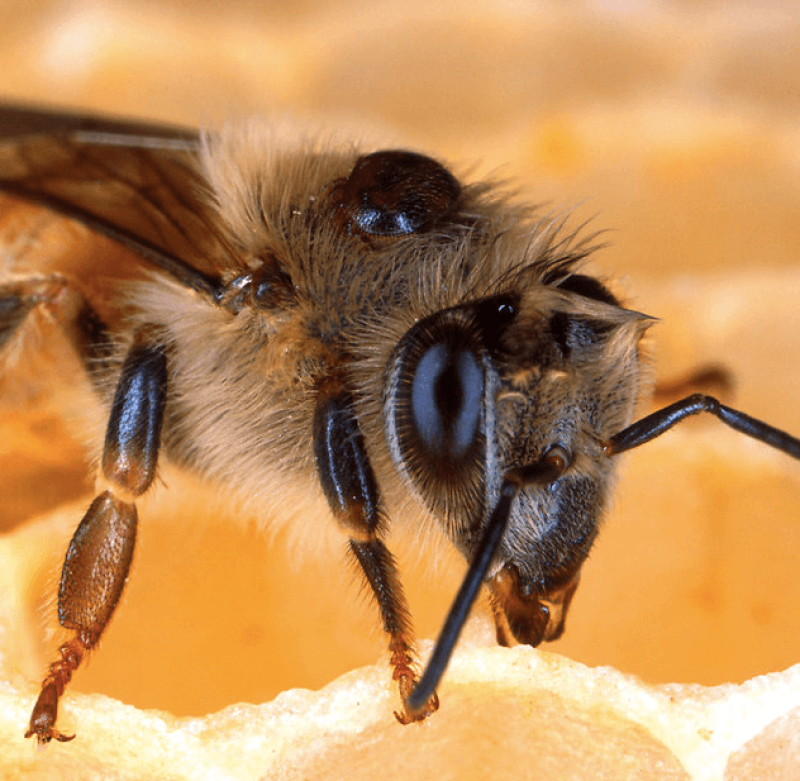The GLP aggregated and excerpted this blog/article to reflect the diversity of news, opinion and analysis.
. . . . Many of the existing treatments [for varroa mites] are mite-targeting pesticides that can damage the bees or their honey.
It’s a problem Monsanto scientists think they can help solve by tailoring a treatment . . . that uses the language of DNA to target genes unique to only the varroa mite. And the agriculture giant thinks it can do it by simply feeding the bees a sugar solution full of RNA. . .
. . . .
. . . . Scientists discovered that if they introduced RNA into the cell that matched existing RNA messages but was made to look like some viruses, the cell’s defenses would fight it off like a virus.
. . . the cell would [also] destroy the RNA messages it was making naturally that matched the virus-mimicking RNA, essentially “silencing” a particular genetic trait.
. . . .
. . .the new approach, Monsanto says, . . . avoids any nontarget effects by acting only on genes unique to the pest, weed, virus or bacteria it wants to kill.
And, the company and scientists say, RNA molecules biodegrade in the environment, unlike some synthetic chemicals.
Read full, original post: Genetic pesticide: Monsanto, startups seek alternatives to manage bugs and weeds































